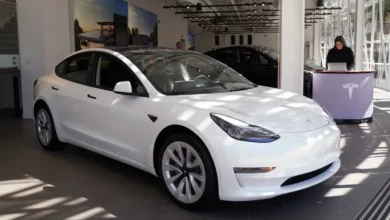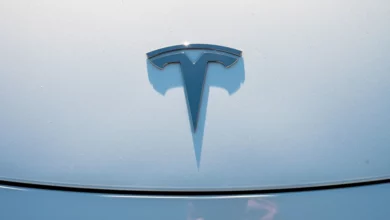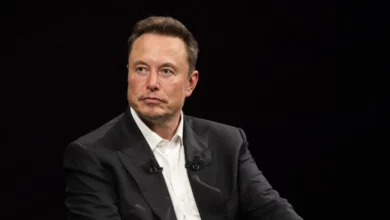
“We’ve got a bird that’s acting really distressed,” said the wildlife biologist, stopping in his tracks and quickly peering through his binoculars. “Which likely means it has a nest out here.”
The bird was a snowy plover, LeClaire said, a species that’s rapidly declined in the area over the past five years since SpaceX started actively testing and launching rockets there. The launch tower juts out of pristine Boca Chica State Park like a futuristic steeple that can be seen from more than 5 miles (8 kilometers) away on a clear day.
SpaceX’s controversial launch — and subsequent explosion — of Starship, the most powerful rocket ever built, blasted scattered debris up to the size of small boulders all across the delicate ecosystem around the launchpad in April.
When walking around the area in early June, LeClaire, who works with the Coastal Bend Bays & Estuaries Program, was shocked to find several snowy plovers back in the area and nesting in that debris.
He counted seven nests constructed among the rubble, the birds’ earth-tone eggs matching the color of the rusted and charred remnants of the launchpad. Remarkably, the snowy plovers were adapting and using the debris field as a new habitat.
But to LeClaire, it was a scary realization.
“The little pebbles (small pieces of debris) are providing them habitat,” he said, then pointed to the launch site just a few hundred feet away. “But as soon as this disturbance comes — (another) massive rocket launch — it’s bad news. This is interesting from a scientific perspective, but it’s almost certainly bad for these birds.”
The environmental impact of SpaceX in this corner of Texas is part of a growing debate among locals over the presence of Elon Musk’s massive company. While some tout the potential economic boom and job opportunities that SpaceX has brought to the broader Rio Grande Valley, along with the millions of dollars that Musk has pledged to Cameron County, others fear the risk is too great. Working-class residents feel pushed out by surging property taxes and higher home and rental prices.
Environmental activists also worry about turning this treasured part of the Texas coastline — known for its birdwatching, fishing and clean beaches — into an industrial space complex.
Several groups are now suing the Federal Aviation Administration and SpaceX, demanding more mitigation to reduce environmental damage. Their goal is to impact how the company operates in the area — but many see the lawsuit as an uphill battle.
“It’s a David and Goliath case,” said local activist Jim Chapman. “When you have just a handful of people taking on the FAA and SpaceX, I would not say the cards are stacked in our favor.”
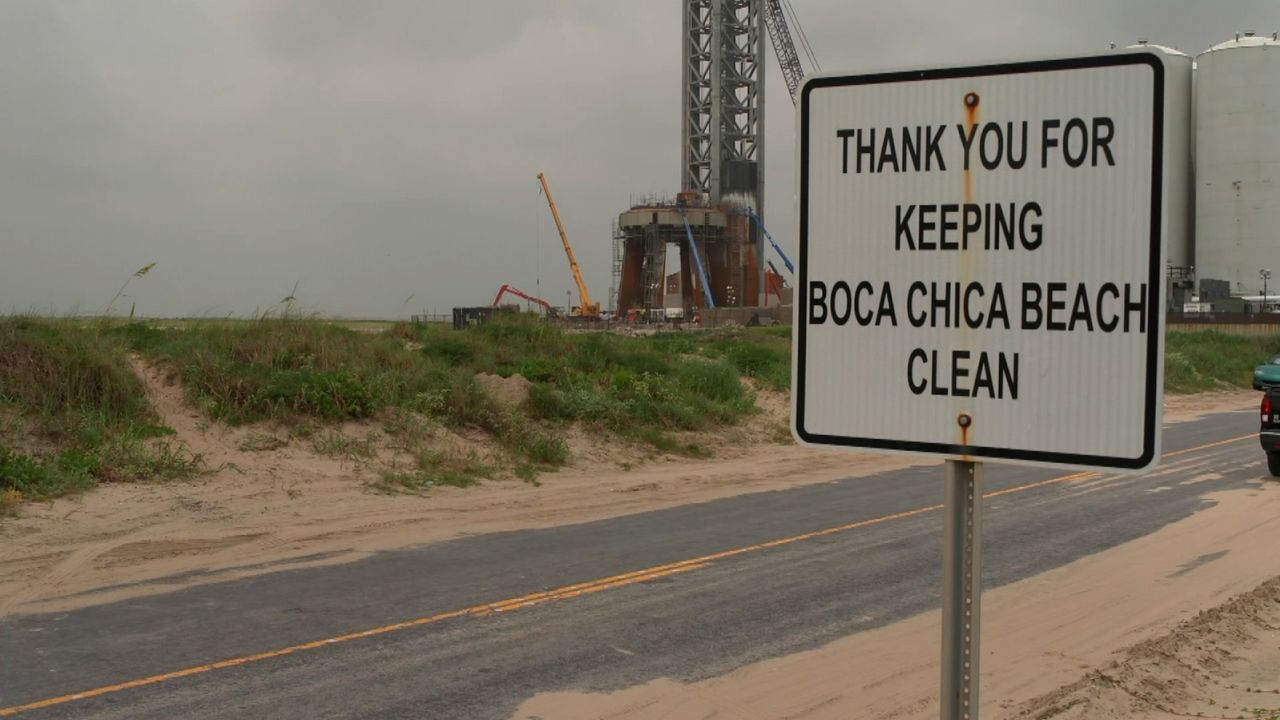
An unprecedented launch
On April 20, SpaceX successfully launched a test flight of Starship with its massive Super Heavy rocket booster, complete with a whopping 33 engines. With a force that rattled the ground and dazzled tourists who came to watch the historic liftoff, the spacecraft took flight.
The rocket failed to light all of its engines at liftoff. And a few minutes into the flight, around the time the rocket was meant to separate from the spacecraft, the Starship began tumbling out of control, forcing SpaceX engineers to detonate Starship and its rocket over the Gulf of Mexico in a fiery blast.
For space enthusiasts and spectators, it was a rapturous moment of unprecedented power. SpaceX employees were seen cheering and clapping on the company’s livestream, even amid the explosion. But it didn’t take long for the literal fallout to turn into backlash.
The launchpad disintegrated, catapulting massive chunks of concrete and tangled rebar across the state park and Boca Chica peninsula. According to the US Fish and Wildlife Service, the wind carried a plume cloud of pulverized concrete, which rained down pebbles of debris, up to 6.5 miles (10.5 kilometers) inland and blanketed the nearby city of Port Isabel with a particle-filled substance. More than three acres of state park land were scorched in a grassfire.
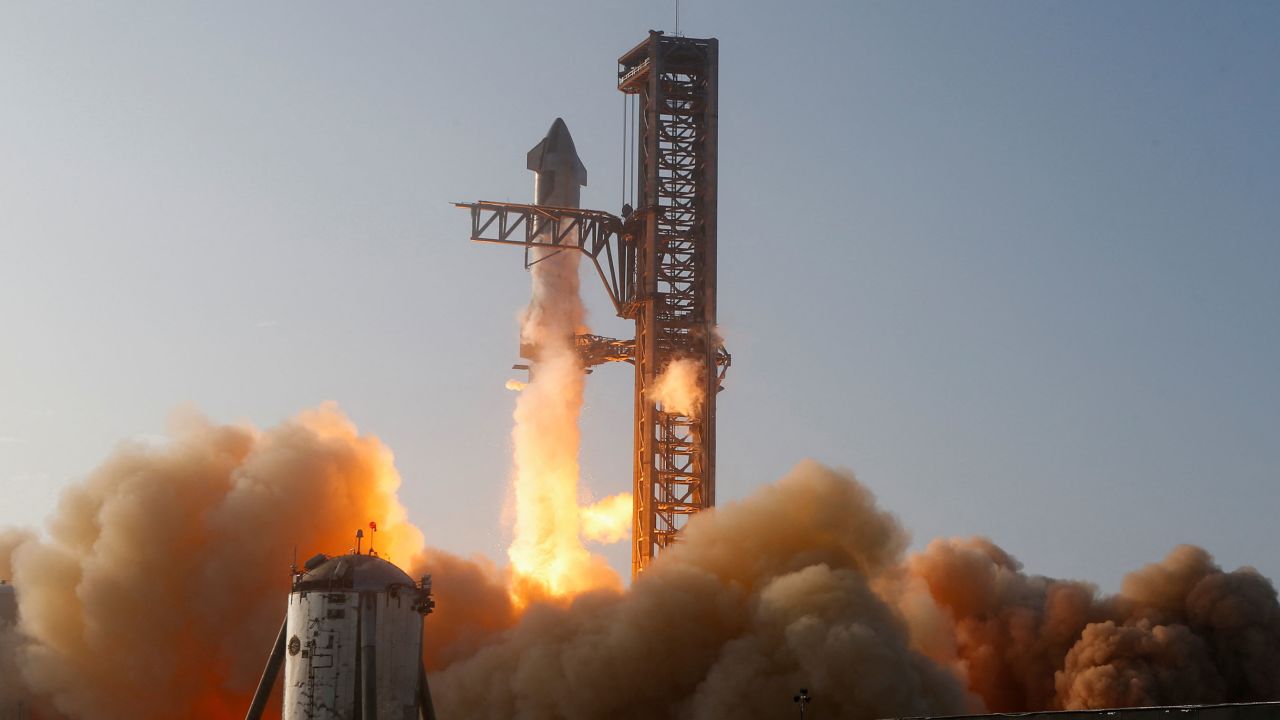
Just hours after the spectacle, the FAA grounded SpaceX’s Starship, announcing the agency would oversee a mishap investigation of the test mission to ensure public safety for any future attempts, a routine step after all failed rocket launches.
Prior to April’s incident, SpaceX prototypes intended solely for testing have exploded in the area for years.
Musk has repeatedly said he’d like to try to launch Starship again as soon as this summer, but the FAA said in a statement to CNN that SpaceX has yet to take public safety actions or submit a mishap report with corrective actions for FAA review and approval.
SpaceX did not respond to an interview request or respond to a list of questions for this story, nor has the company responded to routine inquiries from reporters in years.
Longtime locals fear being pushed out
The contrast between the euphoric cheers from space tourists watching Starship take off and the deep-seated resentment among some longtime residents of the area could not be more stark. About a week after the launch, at least two fences in nearby Brownsville — the seat of Cameron County, Texas — were spray-painted with “F*ck SpaceX.”
Some local activists have long been trying to raise awareness about their concerns regarding not just the environmental effects of the space company’s work, but the economic impacts, too.
Josette Hinojosa, a single mother who grew up in Brownsville, said her rent has jumped from $650 to $1,000 in just two years.
“People just can’t afford the property taxes, so they’re selling their homes,” she said. “Renters who are renting there or who were renting there are just, they have no place to go.”
Property values have skyrocketed in this part of Texas, far outpacing the Covid-era surge and statewide increase from recent years. Since SpaceX broke ground in 2014, the median price of a home in Cameron County has jumped 116%, compared with an 86% increase statewide, according to the Texas A&M Real Estate Research Center.
Hinojosa cites a tweet from Musk in March 2021 that encouraged people to move to the greater Brownsville area in Texas, saying SpaceX needs engineers, technicians and builders to support his mission.
Cameron County is one of the poorest counties in Texas, and low-income households are struggling to keep up with the rising cost of living, Hinojosa said. She worries about having to relocate, abandoning an area where several generations of her family have lived.
“I grew up two blocks down from here,” she said, standing outside the home she’s rented for the past decade. “It means a lot to me to still be here, to still have friends that I know that still live down the street … We worry about these things because we know how hard our families work to just be able to acquire that piece of equity, which is property.”
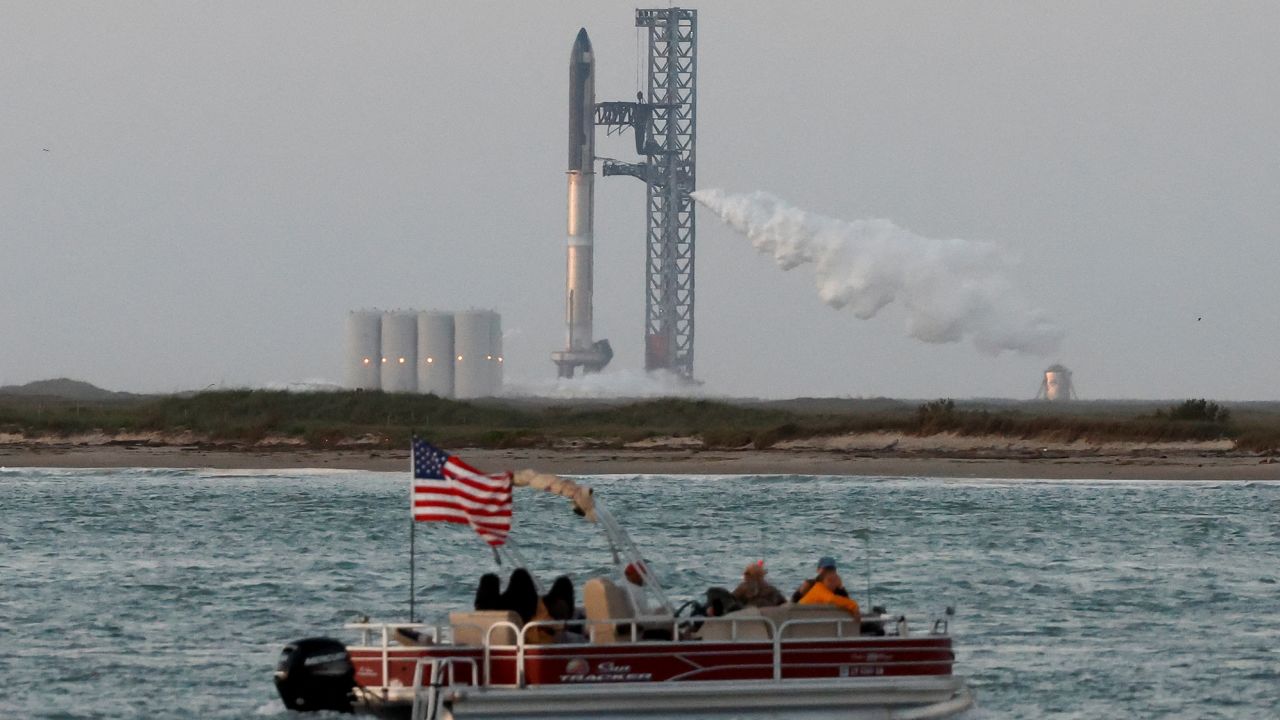
An economic boom
Local politicians, however, fully support the presence of SpaceX, touting the economic benefits for the area. According to Cameron County Judge Eddie Treviño, Jr., the space company employs about 2,000 people in the Rio Grande Valley.
An economic impact study from 2021 — provided to CNN by Cameron County officials but conducted by SpaceX — reported that the company generated $903 million in gross economic output for the county that year with $8.1 million generated in sales, property taxes and government fees. The study projected over $900 million in gross economic output for 2023.
Musk also pledged $30 million to the area in 2021, saying $20 million would go to Cameron County schools and $10 million to the city of Brownsville for downtown revitalization. It’s not clear whether all those funds have been donated.
Treviño, who is the highest ranking elected official in Cameron County, acknowledged the surging property taxes for locals and the environmental impacts but said county officials are working closely with SpaceX to mitigate those concerns.
“We’ve made it known we want them to be successful, but not to the detriment of the area,” he said.
“There’s a certain segment of the community that is not in favor of SpaceX and never will be,” he added. “I’m not invalidating those concerns … They’re valid concerns, but the great majority of the people that I hear from and speak to are extremely excited.”
Treviño said the educational impact alone could span generations of students who want to grow up, stay in the area, and be engineers or work in the space industry.
“As a county judge, it’s been my goal … to bring those economic development projects that are going to bring in better and high paying jobs,” he said. “And having SpaceX here short term has already been a huge, huge boom to our economy, to our industry.”
Some local business owners also share this perspective.
Almost two years ago, Barton Bickerton opened Hopper Haus Bar & Grill in Port Isabel. The bar sits across the bay from the Boca Chica facility in South Texas. It has become a popular hangout for SpaceX employees and tourists who descend on the area.
The bar has a distinct theme, with SpaceX memorabilia decorating the walls, including a chunk of the cement launchpad.
Bickerton said he agrees that SpaceX has been a boon to the local economy and, despite April’s controversial rocket launch, he sees strong support for the private space program.
“There’s no way — with the money that they spend on that thing — there’s no way they’re not going to keep launching from here,” Bickerton said.
But Bickerton acknowledges that, for many of his customers who strongly support SpaceX, witnessing the sheer force of the rocket and its aftermath has made some a little “scared about it.”
“I think it’s fantastic for the area,” he added. “You have to do it the right way. That’s for sure.”
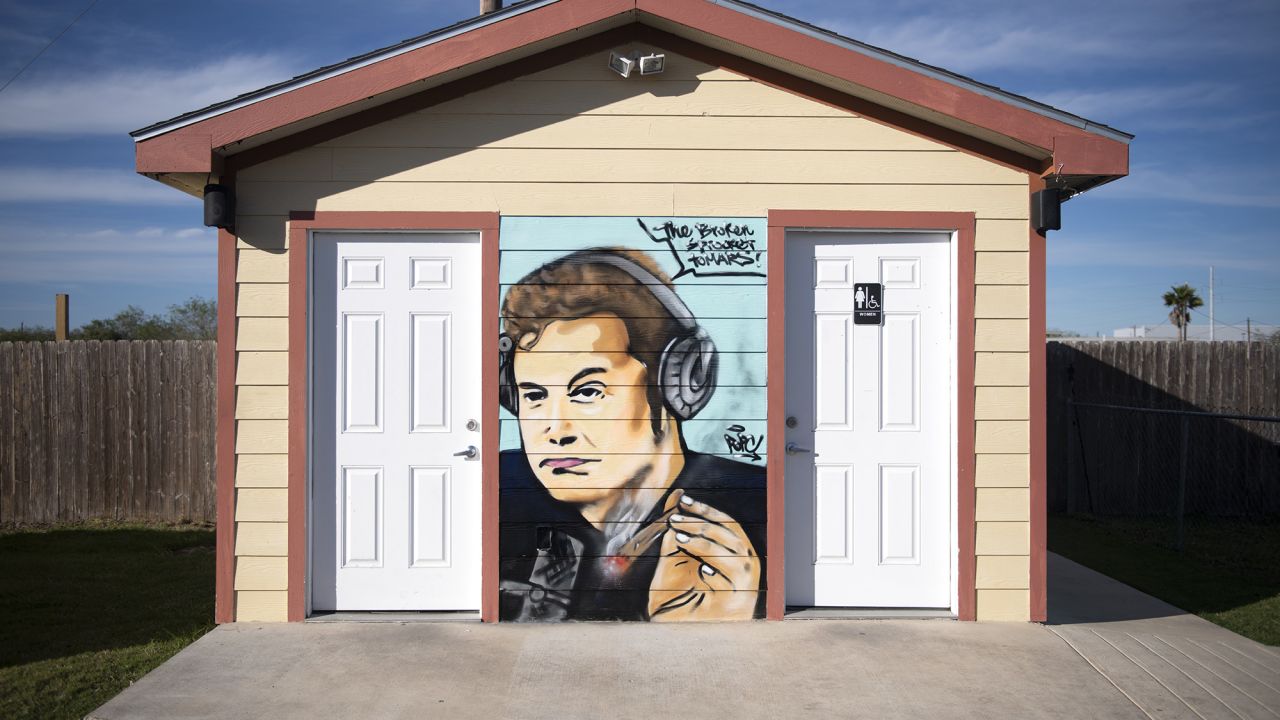
SpaceX and environmental concerns
Mary Angela Branch lives in Port Isabel, a coastal community less than 10 miles from the launchpad, and still remembers the first time, in 2016, that she saw a big wooden sign advertising “the future home of SpaceX.” It was on a previously undisturbed beach in Boca Chica.
Branch is on the board of an organization called Save RGV (Rio Grande Valley), which started in 2014. The group initially came together to fight against proposed liquified natural gas terminals, but they are now involved in litigation directly related to SpaceX.
The impact of April’s Starship launch on the region’s environment was palpable, Branch said.
“The air quality was horrible. It was like a nuclear blast had gone off there,” she said. “I didn’t see any birds. No seagulls, no pelicans, nothing. The lack of wildlife really, really got my attention.”
Beatriz Reynoso, a disabled veteran, environmental activist, and former congressional candidate from nearby Harlingen, Texas, said she suffered health issues after exposure to burn pits in Afghanistan and fears the repeated rocket launches and explosions could impact the health of South Texas residents.
“I worry about the community, which is a medically underserved area and population, and the consequences of poor and contaminated air quality,” Reynoso said.
Ahead of the launch on April 20, the FAA issued a finding that the event would have no significant impact on its surrounding environment. Therefore, the agency didn’t proceed with a more in-depth environmental assessment, which would have taken more time.
Save RGV is involved in a lawsuit against the FAA that alleges the agency failed to do enough to mitigate or thoroughly review potential damages to the area. The group is one of a handful of plaintiffs — including the Carrizo/Comecrudo Nation of Texas and the Center for Biological Diversity — pursuing the case in the hope that the agency will go back and do a far more comprehensive environmental analysis of the impacts of the launch.
In a court document, the FAA denied the allegations levied by the activists. The agency declined further comment to CNN, saying it does not comment on ongoing litigation. SpaceX has sought to intervene in the case and did not respond to CNN’s request for comment on the lawsuit.
Jim Chapman has lived in Brownsville since the late 1970s. He joined Save RGV because he was concerned about the environmental impact of SpaceX’s launches on the wildlife refuge areas that surround the launch site.
“Ultimately, we want them (the FAA) to make SpaceX do what they should have done from the beginning,” Chapman said.

